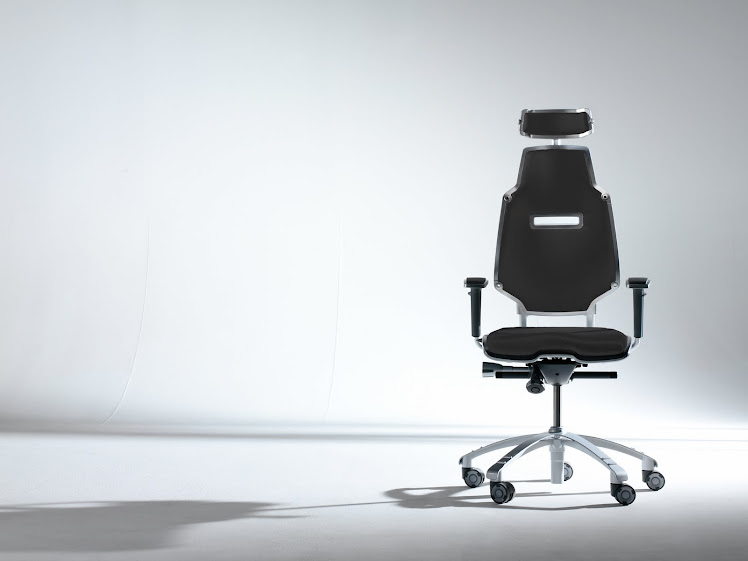Robot appendages are increasingly hot-topic research as our androids and prosthetic limbs get better. Now roboticists from Harvard and Yale have invented a better robot finger based on one heck of an unusual source: cockroach legs.
The traditional route to giving a robot a dextrous human-like grip is to replicate a human hand with a slew of complex joints, finger parts, sensors, and motors--or to forgo any kind of human-like shape and go with some form of pincer. The former solution requires a lot of engineering to make and computer power to run, which befits the real human appendage that requires a disproportionately enormous share of your brain's processing power to manage (check out the famous homunculus images to understand this better).
Robert Howe and Aaron Dollar took a totally different approach to the problem: They looked at how cockroaches use their legs to move in complex and speedy ways, devoting just a tiny clutch of neurons to the business of locomotion. They used data from Berkeley researcher Robert Full, who discovered that a lot of the way cockroaches move is automatic--but not driven by clever brain functions, instead relying on the mechanical adaptation in real time of their legs. This means they can deal with errors in movement, like slipping claws or uneven surfaces.
The upshot of this thinking was a robot hand that is much simpler than some that have been produced (thinking of examples like Dean Kamen's 'Luke' prosthetic limb, or even that of Honda's Asimo android) because it relies on cleverly shaped springing structures on the fingers instead of more sophisticated servos. The fingers glide around objects they're supposed to be picking up, with errors in positioning or inaccurate understanding of the shape of the object automatically compensated for by the springiness of the finger's design. The result is a hand that can easily grip many different types of object, aided by touch sensors, and with a design where each finger is much lighter than other more sophisticated artificial hands, making them ideal for the imminent wave of household 'butler 'bots' and prosthetic limbs.
Awesome stuff, but of course this isn't the first marriage of robot technology and cockroaches: Check out this video for a different piece of thinking where a cockroach controls a trackball that controls a roving 'bot. It's not as useful as a clever gripping hand, but much more fun:
[youtube gwZD59Ic9T8]
To read more news on this, and similar stuff, keep up with my updates by following me, Kit Eaton, on Twitter.

No comments:
Post a Comment